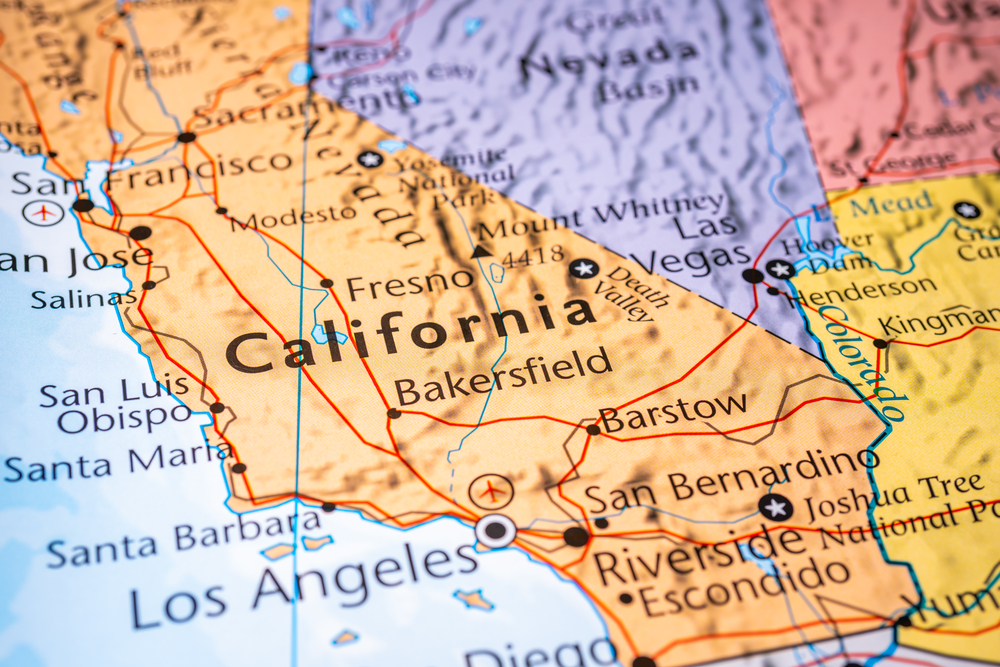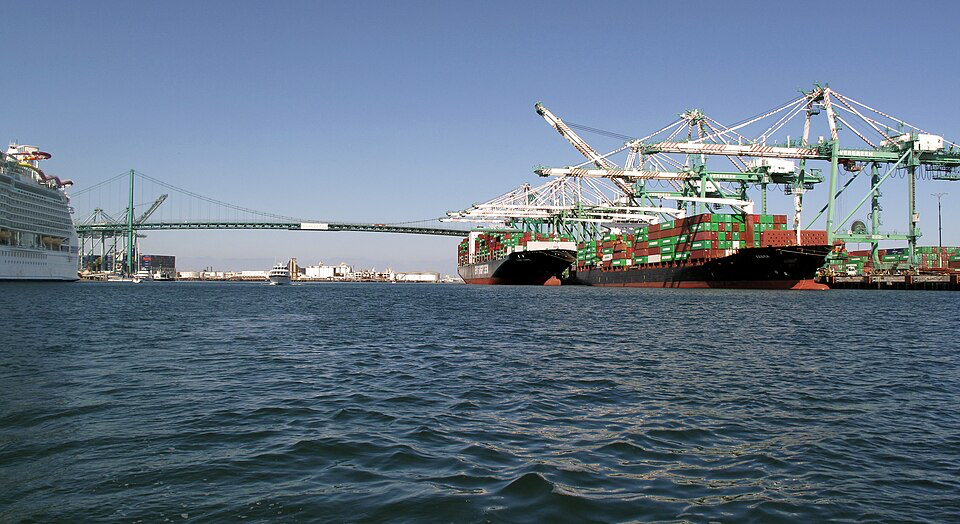California has joined the ranks of the world’s economic giants. New data from the International Monetary Fund (IMF) and the U.S. Bureau of Economic Analysis (BEA) confirms this milestone. The Golden State has officially surpassed Japan to become the fourth-largest economy globally. California’s economy now stands at an impressive $4.1 trillion. This places it behind only the United States, China, and Germany in worldwide rankings.
California’s Economy Keeps Growing

The state’s economy grew by 6% in 2024. This growth rate outpaced the U.S. (5.3%), China (2.6%), and Germany (2.9%). “California isn’t just keeping pace with the world. We’re setting the pace,” said Governor Gavin Newsom. “Our economy is thriving because we invest in people, prioritize sustainability, and believe in the power of innovation.”
This success isn’t just a one-year wonder. California’s economy grew strongly over four consecutive years. From 2021 to 2024, its average GDP growth held steady at 7.5%. This happened during a period when many regions struggled with various economic challenges. Preliminary data suggests India could overtake California by 2026. This projection highlights the dynamic nature of global economic rankings.
California’s Economic Powerhouse: Driving America Forward

Silicon Valley anchors the California economy, fueling innovation that ripples across the globe. Home to tech giants like Apple and Alphabet, these innovation hubs attract world-class talent and billions of investment dollars that power the digital economy. With nearly 40 million residents, California generates an impressive 14% of America’s entire GDP.
“The Golden State’s manufacturers have built new industries and supplied the world with everything from aerospace parts to computers and zero-emission vehicles,” reports the Governor’s office. This manufacturing strength includes 36,000 firms employing 1.1 million workers across diverse industries, forming a crucial pillar of the state’s prosperity.
Agriculture stands as another cornerstone despite ongoing water challenges. California farmers lead the nation in agricultural output, producing over 400 commercial crops that feed America and export markets worldwide. Meanwhile, Hollywood continues its cultural dominance globally, while tourism spending has hit record numbers, injecting fresh dollars into local economies.
Read More: Why California’s Yosemite National Park is ‘On The Brink of Disaster’
California’s Contribution Beyond Borders

The state houses America’s two largest seaports that serve as the nation’s gateway to Pacific markets. The state also sends over $83 billion more to Washington than it receives back in federal funding. This effectively supports many other states while California maintains its growth trajectory.
When confronted with political narratives about state economies, Governor Newsom responded firmly. “It is a mythology that somehow red states are dominating and blue states are struggling,” he stated. “It’s factually untrue.” The economic data, however, supports his claim, as California’s powerful growth has positioned it among the world’s largest economies, outpacing many nations with longer histories of economic development.
Trade Tensions Could Shake Things Up

Despite this remarkable success, Newsom has warned that federal trade policies might threaten the state’s economic momentum. “While we celebrate this success, we recognize that our progress is threatened by the reckless tariff policies of the current federal administration,” Newsom stated. “California’s economy powers the nation, and it must be protected.”
As a direct response, Newsom and Attorney General Rob Bonta filed a lawsuit against President Trump’s use of emergency powers to impose broad tariffs. They argue that these tariffs have upset markets and increased costs for consumers and businesses.
To Put This Impact Into Perspective, Consider This:

In 2024, the Golden State handled nearly $675 billion in two-way trade. Notably, Mexico, Canada, and China accounted for over 40% of California’s imports. Given these figures, analysts suggest the state’s leading industries could face significant disruptions from the new tariff regime.
According to the lawsuit, invoking the International Economic Emergency Powers Act for tariffs was “unlawful and unprecedented.” It further argues that only Congress has the authority to approve such wide-reaching measures. Governor Newsom emphasized that protecting the state’s growth and prosperity from these tariffs is essential for maintaining national economic health.
Looking Ahead: The Future of the California Economy in a Changing World

California presents a fascinating case study of a region competing with entire nations. Its approach to innovation and sustainability offers valuable lessons for others seeking similar growth patterns. Looking eastward, California’s strategic position becomes even more important as economic power continues shifting across Asia. The state’s role as a Pacific Rim hub provides resilience despite increasingly intense global competition.
Experts predict it will continue evolving in response to global trends, with its tech sector positioned to capitalize on emerging technologies while its agricultural sector adapts to changing climate conditions and water availability.
Balancing Growth and Sustainability

Looking ahead, the future of California’s economy depends on balancing continued expansion with sustainability challenges. The Golden State already leads in climate policy, renewable energy development, and green technology innovation. Standing tall among the world’s biggest economies, California highlights its resilience and innovative spirit. The climb to fourth place marks another milestone in the evolution of a region that continues to adapt and lead in our fast-changing world.
As global markets evolve, with emerging powers gaining strength and traditional leaders adapting to new realities, California’s ability to maintain its competitive edge will depend on the policies it adopts. For now, its position as the fourth-largest economy serves as a powerful testament to its dynamism on the world stage.
Read More: What Went Wrong with California’s New Bar Exam Rollout?

